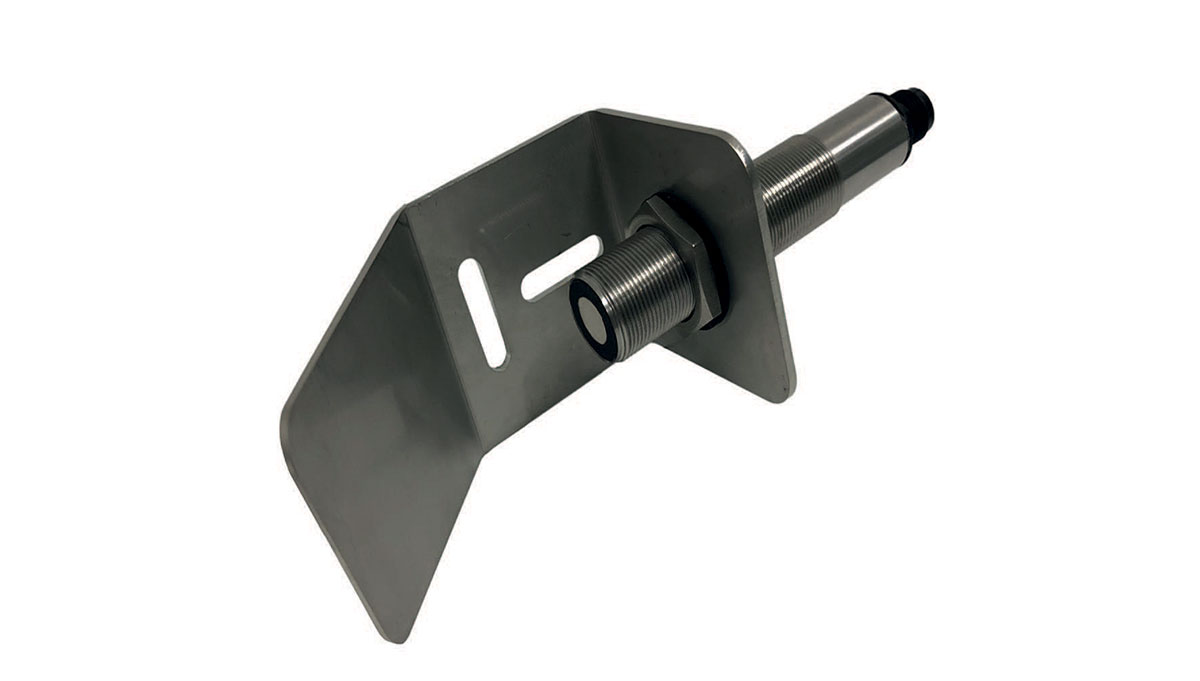The new ultrasonic sensor of the P47 series is suitable for harsh industrial environments thanks to the completely stainless steel housing.
The sensor, initially developed for retrofit of machinery on stretch film production lines, has the following main features:
- Analog output with 4 … 20 mA;
- Quick response:
- Noise resistance;
- Synchronization up to 10 sensors;
- Degree of protection IP65;
- Working temperature -20…+ 70 second C;
- Different versions with detection up to 1500 mm;
Optional accessories allow 90-fold detection and protected mounting positions.
How is ultrasonic measurement done?
Sensors developed by GDP are based on measuring the time spent by ultrasound to reach objects and return, determining their position and distance.
Capacitive proximity sensors and photocells can also detect objects within a fixed distance, but these measurements depend on the surface structure, color, and material of the object. GDP ultrasonic sensors have been developed to overcome these limitations in applications.
What can be detected with ultrasonic sensors?
All objects, even transparent, all solid or liquid materials and powders can be detected. The maximum detection distance depends on the reflection characteristics of the object: size, material, surface structure and orientation with respect to the axis of the ultrasonic beam. Wires with a diameter of 0.2 mm can also be detected. The angle of opening of the sound rays of the GDP is 8, a feature that enhances the accuracy.
Ultrasonic proximity sensors are an indispensable technology for the manufacturing industry: streamlining production processes gives companies a competitive advantage.
The manufacturer PIL Sensoren is certified according to the quality standard ISO 9001- 2015. Visit the website to learn more!


